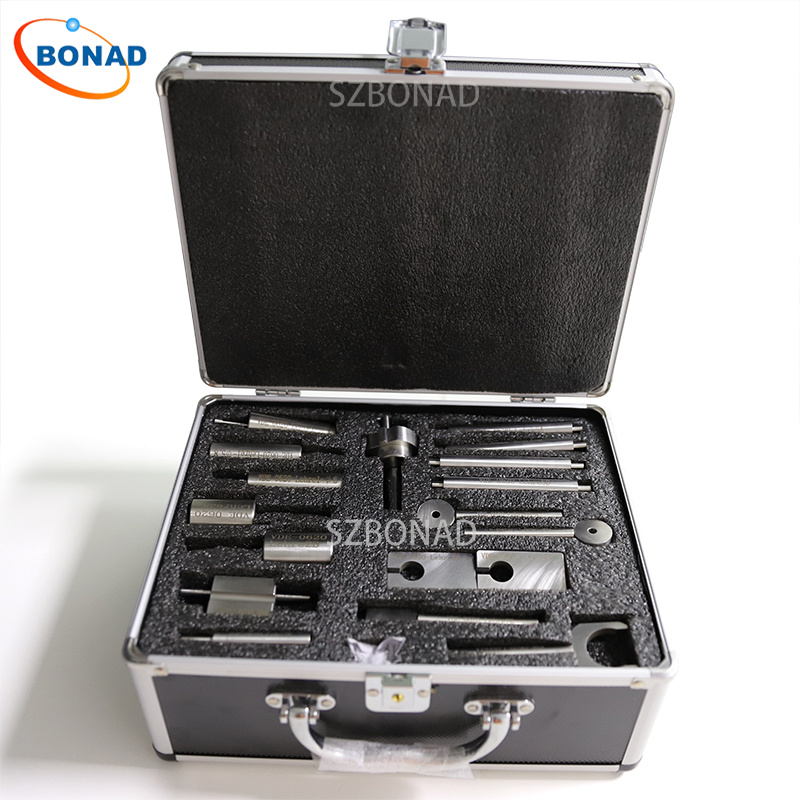Introduction
Insulating materials are fundamental to electrical systems, providing essential protection against electrical shock, enabling efficient electricity conduction, and ensuring the safe operation of electrical equipment. The International Electrotechnical Commission (IEC) has established IEC 60112 to define methods for determining proof and comparative tracking indices in these materials. This article explores the core aspects of IEC 60112 and highlights the importance of these indices in evaluating the electrical properties and performance of insulating materials.
Overview of IEC 60112
IEC 60112 specifies the procedures and requirements for assessing proof and comparative tracking indices in insulating materials used in electrical and electronic applications. The proof tracking index (PTI) and comparative tracking index (CTI) are vital parameters that measure the material’s resistance to electrical breakdown and tracking when subjected to electrical stress and environmental contaminants.
Key Aspects of IEC 60112
- Proof Tracking Index (PTI): The PTI measures an insulating material’s resistance to electrical breakdown by identifying the voltage level at which tracking and erosion occur under defined test conditions. It indicates the material’s capability to endure electrical stress without failing.
- Comparative Tracking Index (CTI): The CTI evaluates an insulating material’s tracking resistance by comparing its performance to standardized test materials. It provides a relative measure of the material’s ability to resist surface tracking and withstand conductive path formation under wet or polluted conditions.
- Test Procedures: IEC 60112 outlines specific test procedures for determining PTI and CTI. These involve subjecting samples to electrical stress, surface contamination, and water ingress to assess their resistance to tracking, erosion, and breakdown. The results offer valuable insights into the materials’ electrical properties.
- Performance Classification: Based on PTI and CTI test results, insulating materials are categorized into different performance classes that reflect their tracking and breakdown resistance. These classifications assist manufacturers, designers, and users in selecting appropriate materials for specific applications based on their reliability and electrical properties.
Significance of PTI and CTI in Insulating Materials
The proof and comparative tracking indices are crucial for evaluating the safety, reliability, and performance of insulating materials across various electrical applications:
- Safety and Reliability: PTI and CTI values provide critical information about an insulating material’s resistance to tracking and breakdown, ensuring the safety and reliability of electrical equipment. Higher PTI and CTI values indicate better protection against failures.
- Material Selection: PTI and CTI data help in choosing suitable insulating materials for specific applications based on their performance characteristics. Engineers can select materials with adequate resistance levels to meet operational requirements safely.
- Quality Assurance: Conducting PTI and CTI tests as per IEC 60112 allows manufacturers to evaluate material quality, identify potential weaknesses, ensure compliance with international standards, and maintain consistent production quality.
- Performance Optimization: Understanding PTI and CTI values enables optimization of insulating materials’ properties, leading to design improvements, enhanced material formulations, process enhancements, higher resistance levels, improved performance, and extended system longevity.
Conclusion
IEC 60112 provides standardized methods for determining proof and comparative tracking indices in insulating materials—key parameters for assessing their resistance to electrical breakdowns. By adhering to these standards, manufacturers, designers, and users can evaluate the safety, reliability, performance of insulating materials effectively. Understanding these indices aids in selecting appropriate materials, ensuring quality assurance, optimizing performance characteristics, thereby enhancing overall safety in electrical systems. Compliance with IEC 60112 is instrumental in advancing the development of high-performance insulating materials within the electrical industry.


